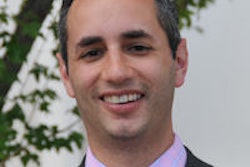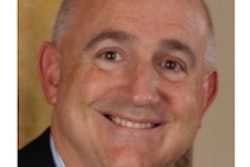Dear AuntMinnie Member,
Our Road to RSNA preview of the clinical sessions at RSNA 2013 continues this week with the launch of new sections on digital x-ray and MRI.
The modalities are a study in contrasts. As we all know, x-ray is radiology's oldest modality, but it continues to see new developments such as digital tomosynthesis, dual-energy imaging, and computer-aided detection. MRI is the golden child of medical imaging, and while it's a maturing technology, it still fascinates with breathtaking advances in speed and spatial resolution, and new functionality such as PET/MRI.
Road to RSNA tells you weeks ahead of time what's going to be hot at next month's meeting in Chicago. Laid out in an easy modality-by-modality format, it's a great tool for planning your week and will allow you to concentrate on what matters most to you.
Check it out at rsna.auntminnie.com, and if you're not getting our daily Road to RSNA newsletters, click here and check the Breaking News box.
Get better TATs with speech recognition
Looking for a way to improve your report turnaround times (TATs)? Speech recognition could be a solution, according to a new article we're highlighting in our Healthcare IT Digital Community.
Researchers from Brigham and Women's Hospital analyzed an installation of speech recognition to see how it improved radiology efficiency, specifically as measured by report TATs. It's not a novel idea, but most previous studies have been performed in academic settings, while this one focused on a community hospital.
They found that speech recognition dramatically affected turnaround time, in one case cutting TAT from 24 hours to one hour. See if the findings could apply to your facility by clicking here.
FFDM and high-risk lesions
Finally, visit our Women's Imaging Digital Community for a story on a dilemma for breast imagers: the fact that full-field digital mammography (FFDM) is detecting more high-risk lesions.
That ought to be a good thing, right? Well, some researchers are discovering that these types of lesions present a workup dilemma. Ordering biopsies for all of them is raising fears of overdiagnosis and overtreatment, especially if estimates that only 5% to 10% develop into cancer are accurate.
Learn more about the conundrum by clicking here, or visit the community at women.auntminnie.com.



















